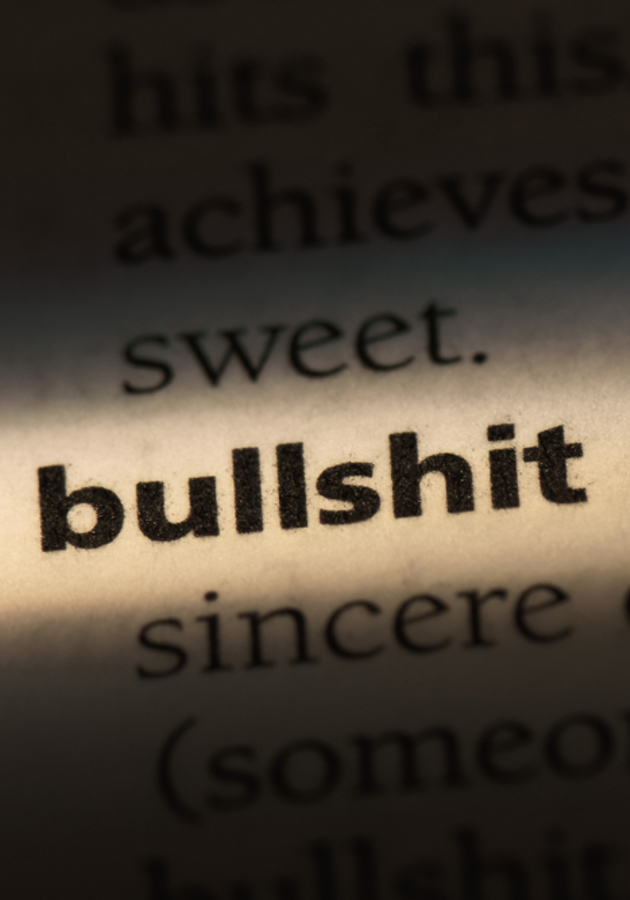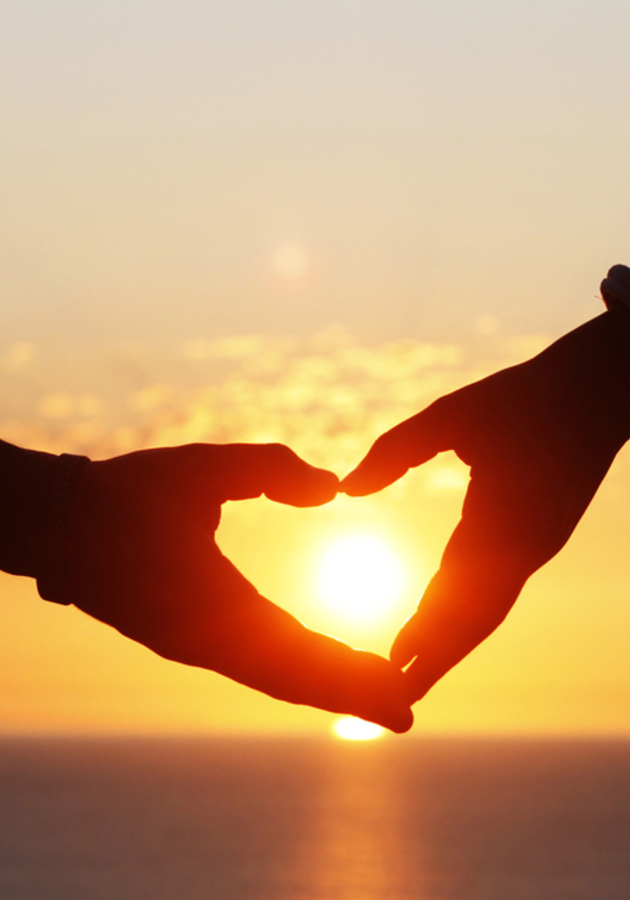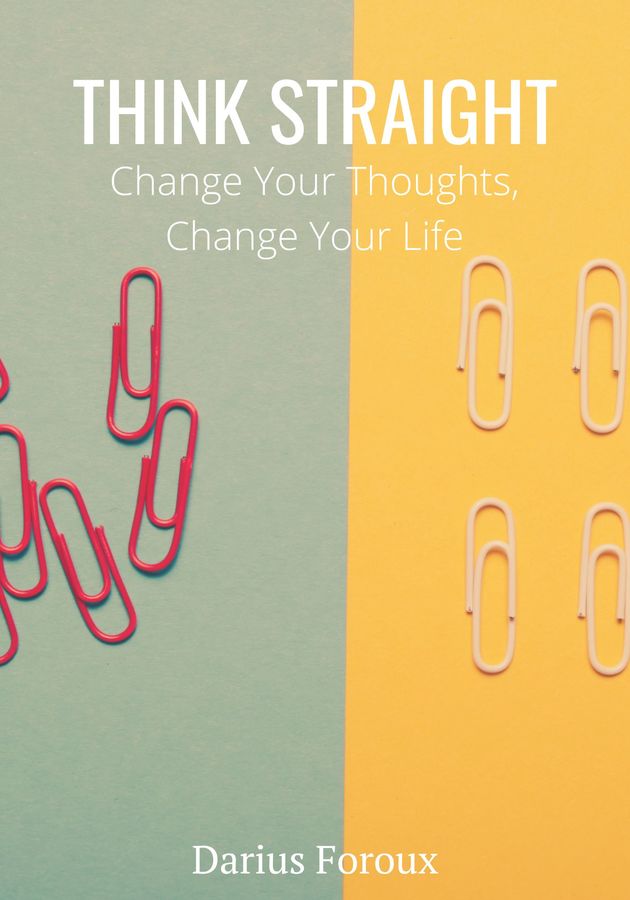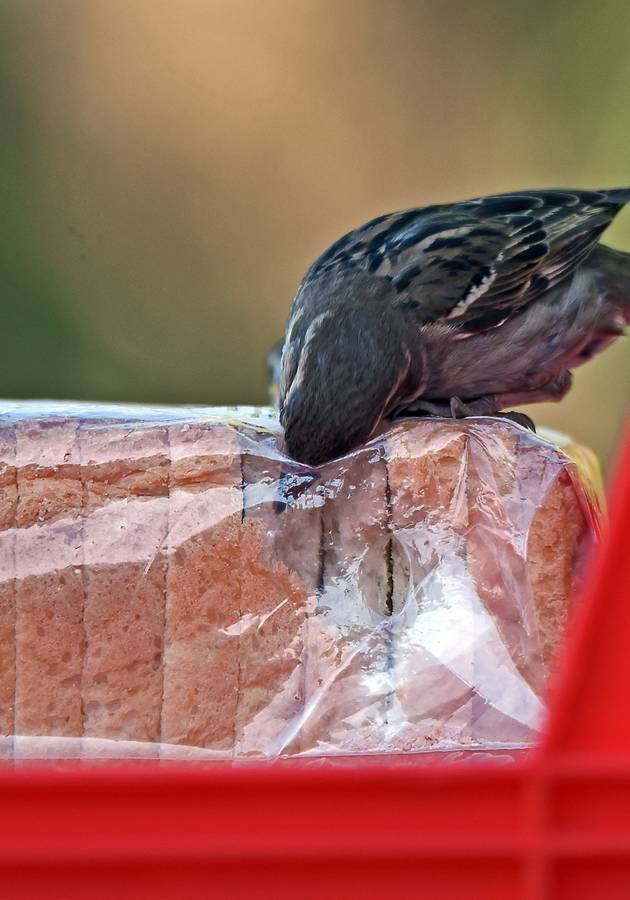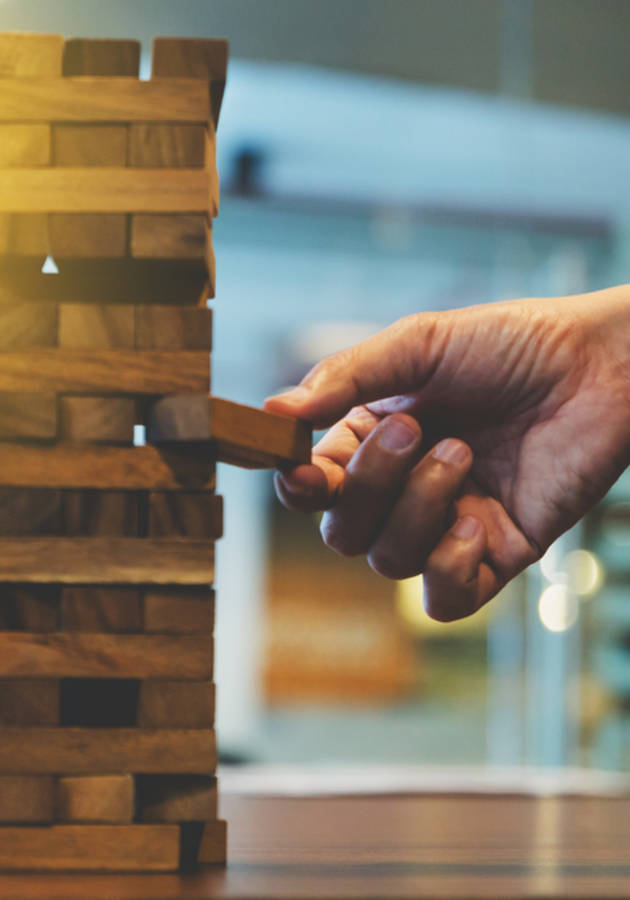Stranger than fiction, “The Selfish Gene” reads, for the most part, as a pitch for a disturbing science fiction movie. Disquietingly, it is not: it is merely a modern reformulation of Darwin’s century-old theory of evolution.
The difference is very small: rather than focusing on individual organisms, “The Selfish Gene” takes “a gene’s eye view” of nature. But the results, to say the least, are nothing short of earth-shattering.
So, get ready to learn, all over again, how natural selection works and what it really selects, and why this ultimately has led to the creation of such a complex disposable gene-vehicle such as, well, your body.
The original replicator and its varieties
It wasn’t the word – in the beginning, it was “simplicity.” In other words, there was nothing but a primeval soup of molecules. And at some point, quite by accident, a particularly remarkable molecule was suddenly formed. Dubbed “the replicator” by Richard Dawkins for a reason, this molecule was the first one in history to boast the extraordinary property of being able to create copies of itself. And being the only molecule with a self-reproducing property, as soon as it was born, it was able to spread its copies rapidly throughout the primeval soup, creating a large population of almost identical replicas.
“Almost” because, at one point or another, a mistake must have inevitably happened: as those Bible-copying scribes discovered the hard way during the Middle Ages, making mistakes is an inherent property of all copying processes. In our case, it led to the original replicator accidentally creating a variety of itself. And when that miscopied replicator copied itself, yet a third. Even stranger, variety arose.
As miscopies of replicators propagated, the several varieties of replicating molecules – all “descended” from the same ancestor – suddenly became each other’s competitors. To replicate themselves, they needed other atoms and molecules present in the soup. But there was only a finite number of particles. These two conditions – scarcity and variety – are everything natural selection needs to set the wheels of evolution in motion.
As you know well, a simple genetic mistake can sometimes make some people immune to one disease or another and can make others capable of hearing colors and seeing music. Just as well, the mistakes in the copying process of the original replicators resulted in advantageous traits for some of the varieties. For example, some replicators were able to duplicate themselves faster or more accurately than others. Some – let’s call them the “protocarnivores” – “discovered” how to chemically break up molecules of rival varieties so that they could use the building blocks so released for making copies of their own. And yet another group discovered how to protect themselves, either chemically, or by building a physical wall of protein around themselves. Dawkins writes that “this may have been how the first living cells appeared.”
The gene machine
It might seem like something taken straight out of a sci-fi movie, but that’s most probably what must have happened: at one point or another, the replicators began not merely to exist, but also to construct for themselves “containers, vehicles for their continued existence.” At first, these vehicles were fairly simple, nothing more than a protective coat or a protein wall. But as time passed, the atom-stealing protocarnivores found better and more effective ways to break up their rivals’ building blocks, so the “walled replicators” had to build themselves even more developed “survival machines.” The process was cumulative and progressive, and the survival machines got bigger and more elaborate.
The replicators had millions of years at their disposal, so, unsurprisingly, they got quite good at perfecting their survival machines. What “weird engines of self-preservation” did they eventually manage to devise to sustain themselves? What is their fate today? Don’t worry, says Dawkins: “they did not die out – for they are past masters of the survival arts. But do not look for them floating loose in the sea; they gave up that cavalier freedom long ago. Now they swarm in huge colonies, safe inside gigantic lumbering robots, sealed off from the outside world, communicating with it by tortuous indirect routes, manipulating it by remote control. They are in you and in me; they created us, body and mind; and their preservation is the ultimate rationale for our existence. They have come a long way, those replicators. Now they go by the name of genes, and we are their survival machines.”
The selfish gene
Now, as far as genes are concerned, survival is a zero-sum game; consequently, surviving genes, by definition, are selfish. That doesn’t mean that they consciously choose to be selfish, but that the very fact that one gene has survived to this day implies that another one – its competitor – hasn’t.
To understand this better, think of the way your chromosomes – basically, the gene’s most immediate packages – are structured. Sheltered within the nucleus of each and every one of your cells, your chromosomes (46 in total) hold the plans for building the survival machine that is your very unique human body. If you think of your body as a gigantic building of 37 trillion rooms (that is, cells), then you can think of your chromosomes as a 46-volume book that presents, in detail, the architect’s plans for the whole building.
These 46 volumes are placed, for safety, in every single room of the building and are grouped in pairs. In other words, the 46 chromosomes consist of 23 pairs of chromosomes. To go back to our analogy, we are talking about two alternative sets of 23 volumes of plans. It must be that way because, after all, everyone has two parents, and each of them is obliged to provide half of the plans for your construction. So, think of volumes 1a, 2a, 3a, down to 23a, as gifts from your father, and think of volumes 1b, 2b, 3b, down to 23b, as gifts from your mother – both handed to you on the day of your birth.
The interesting part is that these sets of books share the same structure. In other words, each volume coming originally from your father can be regarded as, page for page, “a direct alternative to one particular volume coming originally from your mother.” For instance, let’s just say – arbitrarily, of course – that page 4 of Volume 7a holds the plans for the color of your eyes; well – Surprise! Surprise! – page 4 of Volume 7b is also about eye color.
Now, if these two paired pages say the same thing – provide the same instructions, for example, to “build an embryo that will have blue eyes” – then there’s no problem. However, what should the body do if page 4 of the seventh volume of the “father’s architect’s plan” says “blue,” while its counterpart in the matching “mother’s volume” says “brown”? The answer is – it depends: sometimes the body prefers one of the two readings; in other cases, it makes a compromise. Either way therein lies the problem of the gene’s selfishness.
You see, when two genes – like, in our case, the blue eye and the brown eye gene – are rivals for the same slot on a chromosome, they are called “alleles” of each other. The victory of one allele over another is synonymous with the other allele’s defeat. After all, there are two competitors and only one slot, so, by definition, the survival success of one gene comes at the expense of another one’s defeat. In other words, if a gene is still replicating to this day, it has succeeded because other genes haven’t. The gene, thus, can be considered “the basic unit of selfishness.”
From selfishness to egoistic altruism
Interestingly enough, genes are not only the architects of our bodies (the creators of our hardware) but also the coders of our behavior (the programmers of our software). At one point or another, they realized that they didn’t have a choice but to start designing our behavioral patterns. After all, what’s the point of perfecting a survival machine with long and lanky legs (say, an antelope) if you do not program it to run away when faced with a carnivorous survival machine with sharp claws and even sharper teeth (say, a lion)?
So, genes developed the pinnacle-organ of evolution: the brain. And, throughout millions and millions of years, they kept feeding it with simple behavior-governing rules – all devised in such a manner to ensure the gene’s ultimate survival. Now, an interesting question arises: if genes are selfish and they’ve programmed us to protect them, then how can one explain behavioral patterns such as altruism? In other words, why would a mother-bird feign a wing injury to save its chicks from a hungry fox when this might spell out the demise of its genetic material?
Well, that leads us to the most interesting upshot of this gene-centered view of evolution: what might seem as altruistic behavior through our eyes is, in fact, selfish behavior from the gene’s perspective. We witness a mother-bird sacrificing itself for the sake of its baby-chicks; the genes inside the mother-bird (not consciously, of course) are, instead, throwing away an old survival machine to save their younger replicas placed inside that survival machine’s progeny!
It’s all part of two of the most fundamental gene-programmed, rule-based behavioral patterns inside us: reproduce and ensure that your offspring survives to reproductive age. Because of this, there is an obvious asymmetry in altruistic behavior: parents would instinctively sacrifice their lives for their children, but as far as children are concerned, the survival of their parents is far less relevant.
We know it sounds bleak. Fortunately, though, this is not the whole story: there’s an interesting twist at the end. And it includes you.
Memes… and an unlikely rebellion
You see, in their quest for more effective survival machines, genes went beyond their reach, and while perfecting the software for the human brain, they arrived at something analogous to unsupervised machine learning in the artificial intelligence world. Once again, they had to: since rule-based programming is quite simplistic and cannot predict environmental changes to adapt to them quickly enough, some behaviors remained with the unfortunate survival machines long past their due date. For example, it was not wrong to program hunter-gatherers to be immediately and irresistibly attracted to sweet things, but once sweet things stopped being a scarcity, this once-advantageous trait became a serious problem.
So, to minimize the negative impact of these obsolete rules, genes endowed intelligent beings with two all-important abilities: learning and simulation. A new breed of survival machines took the world by storm: gene-robots capable of more rapidly updating the rules of their programs by either trying something out and remembering if it works, or visualizing if something would work without even taking action. Some of these survival machines, for selfish reasons and mutual benefit, started living and learning from each other, developing something that can be summed up in one word: “culture.” And culture made humans quite unusual and unique.
Why? Because just like genetic transmission inevitably resulted in the evolution of genes, the transmission of all those lessons and simulations caused their evolution as well. For billions of years, there was only a gene soup (or gene pool, as they call it); now there was a new soup, the soup of human culture, containing everything from tunes, ideas, and catch-phrases to clothes, fashions, ways of making pots or methods of building arches. These are all examples of the cultural analog of a gene which Dawkins names meme, the basic unit of cultural evolution.
Just like genes, memes started competing against each other: the idea of multiple gods against the idea of one god, the Catholic Church against the Reformation, creationism-related ideas vs. evolutionary biology. And, just like genes, they all competed for the same thing: immortality – that is to say, to be remembered and replicated in future generations. And because both genes and memes competed for the same thing, strange things started to occur: the ideas started sometimes going against the programs that created them. And that’s how things like celibacy and suicide came into being. And, why not – real, human altruism.
Final Notes
In 2017, in a poll to celebrate the 30th anniversary of the Royal Society Science Book Prize, “The Selfish Gene” was named as “the most inspiring science book of all time.”
If we are to judge, there certainly might be a few books more deserving of that title – like, say, Charles Darwin’s “On the Origin of Species” – but no Top 10 list of the best science books in history should deem itself complete without the inclusion of Richard Dawkins’ magnum opus.
The best and most popular book by one of the best and most popular scientists of our time.
12min Tip
“Let us try to teach generosity and altruism, because we are born selfish,” advises Dawkins. “Let us understand what our own selfish genes are up to, because we may then at least have the chance to upset their designs, something that no other species has ever aspired to do… We, alone on earth, can rebel against the tyranny of the selfish replicators.”







